The final process of zirconia ceramic body forming is sintering, and the performance of the produced ceramic products is largely determined by sintering. During the sintering process, the zirconia ceramic body may be deformed, cracked, and abnormally grown in grains. What are the causes of these problems? BE-CU Ceramics is a professional zirconia ceramic machining enterprise. Advanced production equipment, advanced machining technology, high-quality products are welcomed by the majority of users.
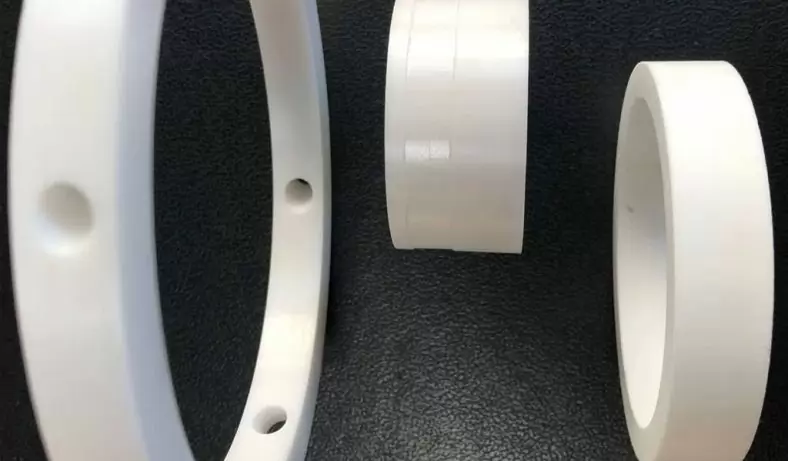
The ceramic green body is composed of many solid particles before sintering, and the green body has many pores, and the density is usually 35%~60%, which determines the characteristics of the powder itself and the molding method and technology to be used. The sintering process is divided into: conventional sintering is processed in a traditional electric furnace, which is the most frequently used sintering method for advanced ceramic machining; hot pressing sintering uses a special hot press for machining, unidirectional or bidirectional at high temperature Pressing production; Hot isostatic pressing sintering through argon and other inert gases for pressure transfer medium, placing the product in a closed container, sintering under the action of suitable temperature and pressure;
While microwave heating and conventional heating modes The difference is that the dielectric loss of the ceramic material in the microwave electromagnetic field reaches the sintering temperature for sintering and densification.
When zirconia ceramics are deformed during sintering, it may be because the particle size distribution of the powder is too wide; the selection and use of additives in the powder are not suitable to cause the ceramic shrinkage to be inconsistent. There are generally three reasons for the inconsistent shrinkage of ceramics: the furnace temperature is uneven; the heating rate is too fast, and the temperature conduction produces a gradient. The closer the ceramic body is to the surface, the faster the shrinkage, and the slower the center shrinkage.
There is a density gradient. During molding, the internal shrinkage of the blank is inconsistent due to pressure or filler.The reason for the cracking of the ceramic body after sintering is usually the internal defects of the ceramic body, and at the same time, it is also related to the shrinkage of the body. When the ceramic shrinkage is inconsistent, if there are still defects, these defects will become the source of cracks, and the cracked lines will continue to crack, causing the green body to crack.
If the grains start to grow abnormally, these large grain pores are difficult to discharge, and it is difficult to achieve high density of the ceramic material. The reasons for the abnormal growth of grains are: the particle size of the original powder is too large; the density of the green body is uneven during molding; the sintering temperature is too high and the holding time is too long.
Usually, the sintering process includes conventional sintering, hot pressing sintering, hot isostatic pressing sintering, microwave sintering and other methods. When there is a problem with our ceramic products, we can analyze and investigate according to the content of the article. If you have any questions or suggestions, please contact us. BE-CU Ceramics specializes in the production and precision machining of a wide variety of precision ceramics, and high-quality products are used in a wide range of applications. We wholeheartedly provide customers with ceramic workpiece products with good performance, create useful and powerful value for customers, and continue to develop and progress to become a trusted partner of customers to create a win-win situation.
Zirconia ceramic has garnered significant attention in various industries owing to its exceptional properties such as high strength, durability, and biocompatibility. Sintering, a crucial process in ceramic manufacturing, plays a pivotal role in enhancing these properties. However, understanding the nuances of zirconia ceramic sintering can be daunting. In this comprehensive guide, we aim to address frequently asked questions regarding zirconia ceramic sintering, shedding light on its intricacies and applications.
What is Zirconia Ceramic Sintering?
Zirconia ceramic sintering is a heat treatment process wherein zirconium dioxide powder, commonly known as zirconia, is subjected to high temperatures to achieve densification and bonding between particles.
The process involves the application of pressure and heat, typically in a controlled atmosphere, to facilitate the rearrangement of zirconia particles and the removal of pores, resulting in a dense ceramic structure.
What Are the Different Types of Zirconia Ceramics?
Zirconia ceramics come in various forms, including partially stabilized, fully stabilized, and yttria-stabilized zirconia.
Partially stabilized zirconia (PSZ) contains a lower concentration of stabilizing agents, making it suitable for applications requiring high toughness and thermal shock resistance.
Fully stabilized zirconia (FSZ) exhibits enhanced chemical stability and mechanical properties due to a higher concentration of stabilizing agents.
Yttria-stabilized zirconia (YSZ), the most common type, incorporates yttrium oxide as a stabilizing agent, imparting excellent strength and fracture toughness.
What Factors Influence Zirconia Ceramic Sintering?
Sintering temperature: The temperature at which zirconia undergoes sintering significantly impacts its final properties. Higher temperatures promote greater densification but may lead to grain growth and reduced strength.
Sintering time: The duration of the sintering process affects the degree of densification and crystal growth in zirconia ceramics.
Atmosphere: The choice of sintering atmosphere, such as vacuum, air, or inert gases like argon, influences the kinetics of the sintering process and the purity of the final product.
Pressure: Application of pressure during sintering, known as hot isostatic pressing (HIP), can enhance densification and minimize defects in zirconia ceramics.
What Are the Applications of Zirconia Ceramic Sintering?
Dental prosthetics: Zirconia ceramics are widely used in dentistry for crowns, bridges, and implants due to their biocompatibility, esthetics, and mechanical strength.
Structural components: Zirconia ceramics find applications in aerospace, automotive, and biomedical industries for manufacturing components requiring high strength, wear resistance, and thermal stability.
Electronic devices: Zirconia-based ceramics serve as substrates, insulators, and electrodes in electronic devices, owing to their excellent electrical insulation properties and compatibility with semiconductor materials.
Medical implants: Zirconia implants are increasingly utilized in orthopedic and cardiovascular surgeries for their bioinertness, corrosion resistance, and tissue compatibility.
How Does Zirconia Ceramic Sintering Impact Material Properties?
Mechanical properties: Sintering influences the mechanical strength, hardness, and fracture toughness of zirconia ceramics by controlling grain size, porosity, and phase composition.
Thermal properties: The sintering process affects the thermal conductivity, expansion coefficient, and thermal shock resistance of zirconia ceramics, making them suitable for high-temperature applications.
Optical properties: Zirconia ceramics exhibit translucency and color stability, which can be tailored during sintering for applications requiring esthetic appeal, such as dental restorations.
What Are the Challenges Associated with Zirconia Ceramic Sintering?
Control of grain growth: Excessive sintering temperatures or prolonged sintering times can lead to abnormal grain growth, compromising the mechanical properties and dimensional accuracy of zirconia ceramics.
Residual stresses: Non-uniform shrinkage during sintering may induce residual stresses in zirconia components, leading to deformation or cracking.
Contamination: Impurities introduced during sintering, either from the atmosphere or processing equipment, can degrade the performance and reliability of zirconia ceramics.
How Can Sintering Techniques Improve Zirconia Ceramic Performance?
Spark plasma sintering (SPS): This rapid sintering technique employs pulsed direct current to achieve high heating rates and uniform densification, minimizing grain growth and enhancing mechanical properties.
Microwave sintering: Utilizing electromagnetic radiation, microwave sintering offers shorter processing times and energy savings while promoting uniform heating and microstructural refinement in zirconia ceramics.
Additive manufacturing: Techniques such as selective laser sintering (SLS) and binder jetting enable the fabrication of complex zirconia ceramic components with tailored microstructures and properties.
Conclusion: Zirconia ceramic sintering is a complex yet indispensable process for producing high-performance ceramics with a wide range of applications. By addressing common questions and concerns surrounding this process, we aim to facilitate a deeper understanding of zirconia ceramics and their role in advancing technology and innovation across various industries. As research and development efforts continue to push the boundaries of materials science, zirconia ceramic sintering remains at the forefront of transformative technologies, promising new opportunities and possibilities for the future.
About China Advanced Ceramic CNC Machining Company – Be-Cu
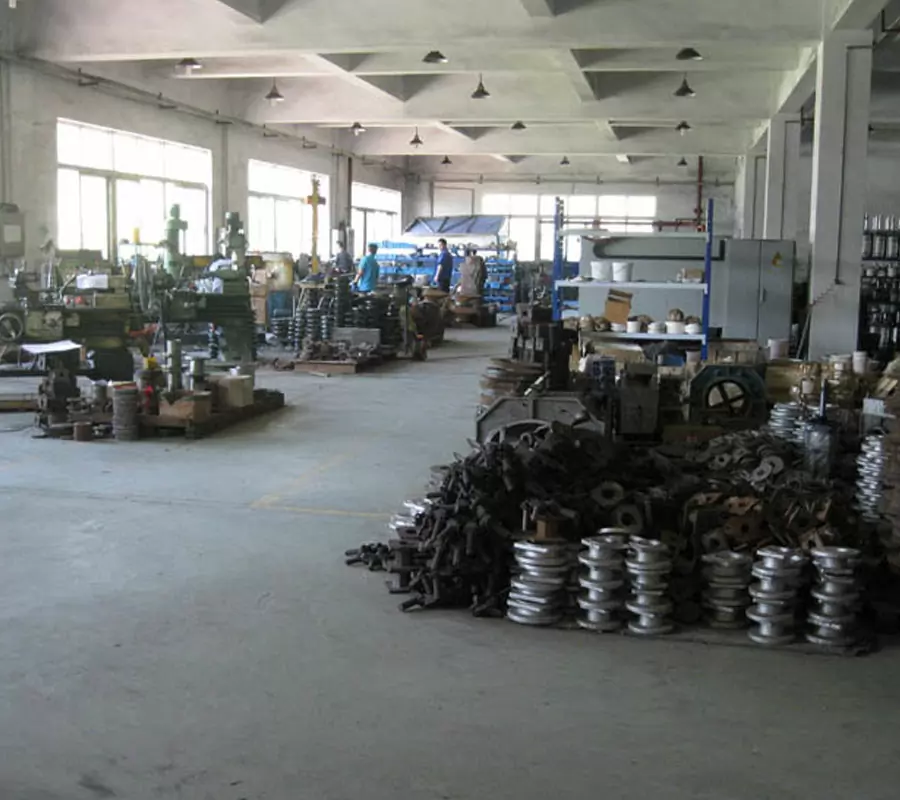
Manufacturer of precision machined components. Ceramic cnc machining components include high dielectric strength, electrical & corrosion resistance, & non-porous & non-shrinking properties.Manufacturer of high temperature fabricated and machinable ceramics including alumina, glass-ceramic, alumino-silicate, boron nitride and zirconium phosphate. Adhesives, coatings and potting compounds to 3200 degrees F,Air firing services for ceramics up to 1650 degrees C also available. Products include insulators, guides, washers, tubes, blocks, & rods for thermal, electrical, corrosion exposure, structural, wear, & semi-conductor operations. Services include machining to tolerances of +/- .0001, ultrasonic core drilling, centerless grinding, milling, & ID & OD threading.Surface grinding, dicing, OD (outer dia.) grinding, ID (inner dia.) grinding, centerless grinding, hole drilling, jig grinding, lapping, honing & polishing service are also available. Diamond grinding with dimensional tolerances of 5 microns & surface finishes of 0.2 microns (8 micro-in.) can be performed.Blanket orders and AutoCAD files & other 3d files accepted.Contact us for your machining ceramic project!
-
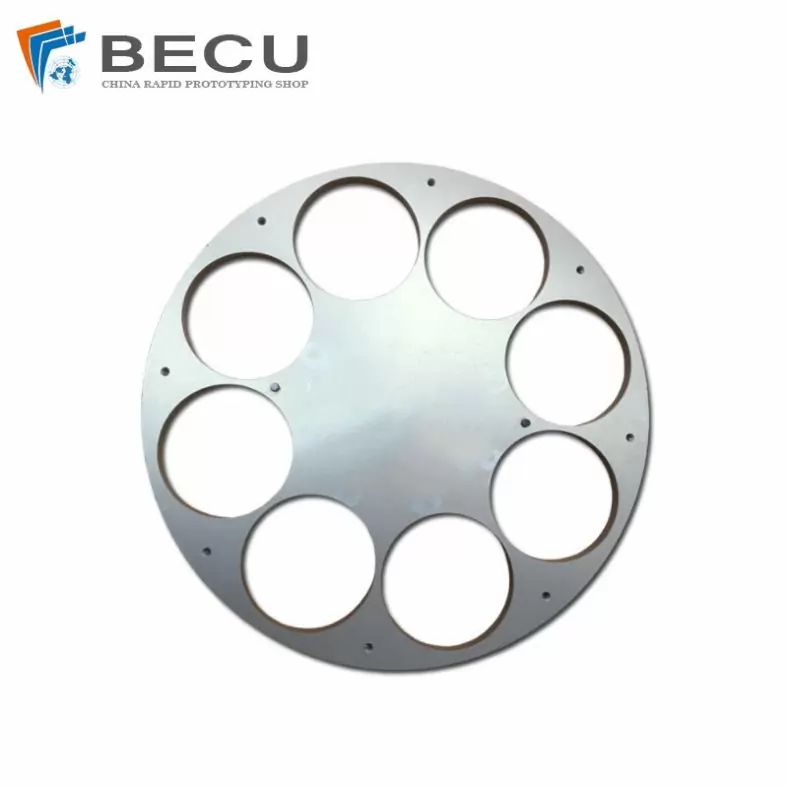
Metal Plating ZrO2 Zirconia Ceramic Parts
-
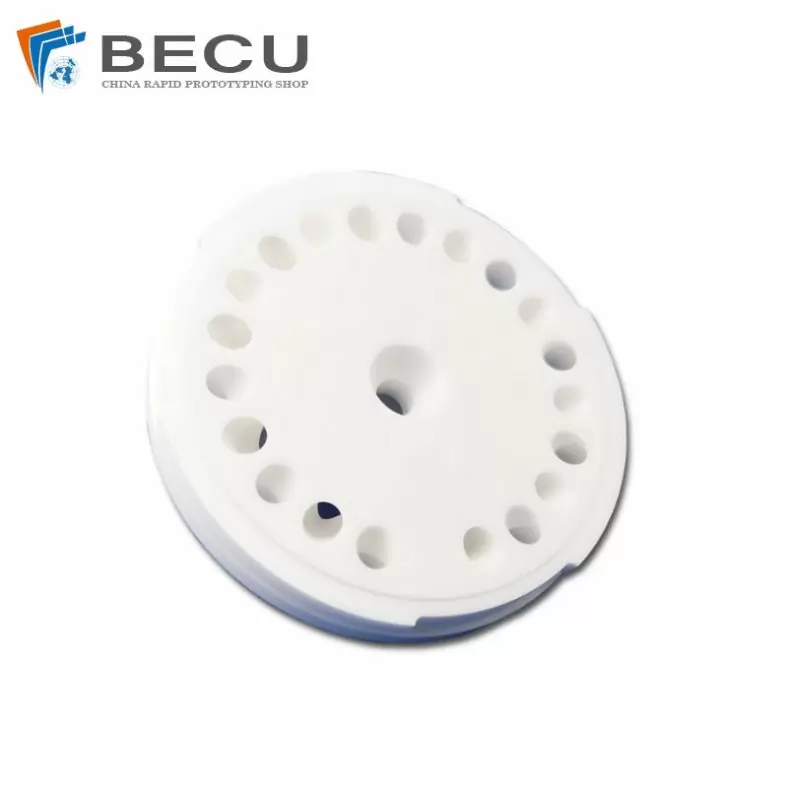
ZrO2 Structural Ceramic Semiconductor Parts
-

Alumina Ceramic Screw Type Parts
-
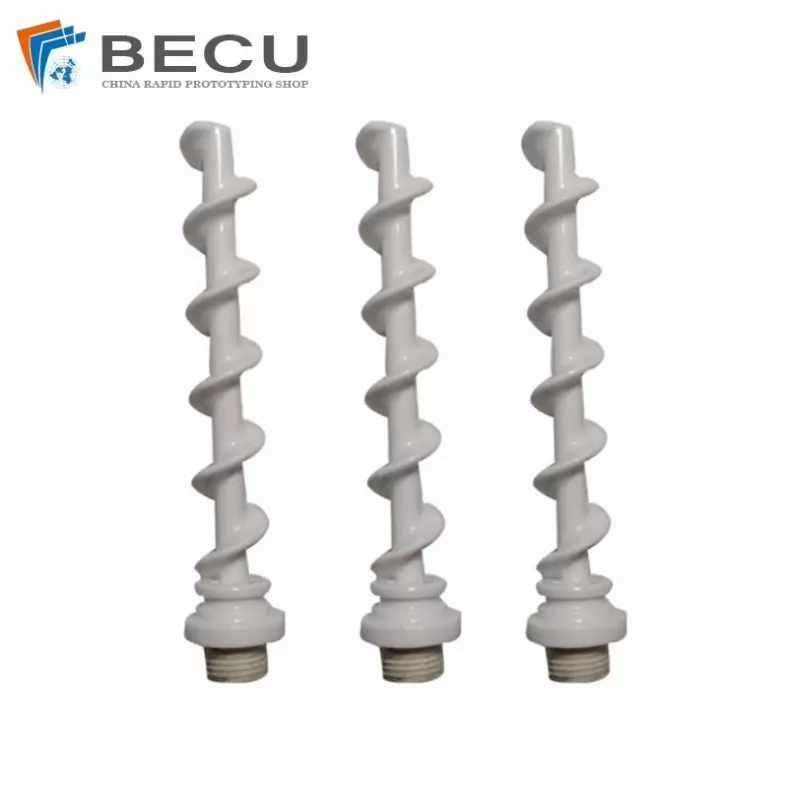
Cnc Machining Alumina Ceramic Screw Heating Pipe
-
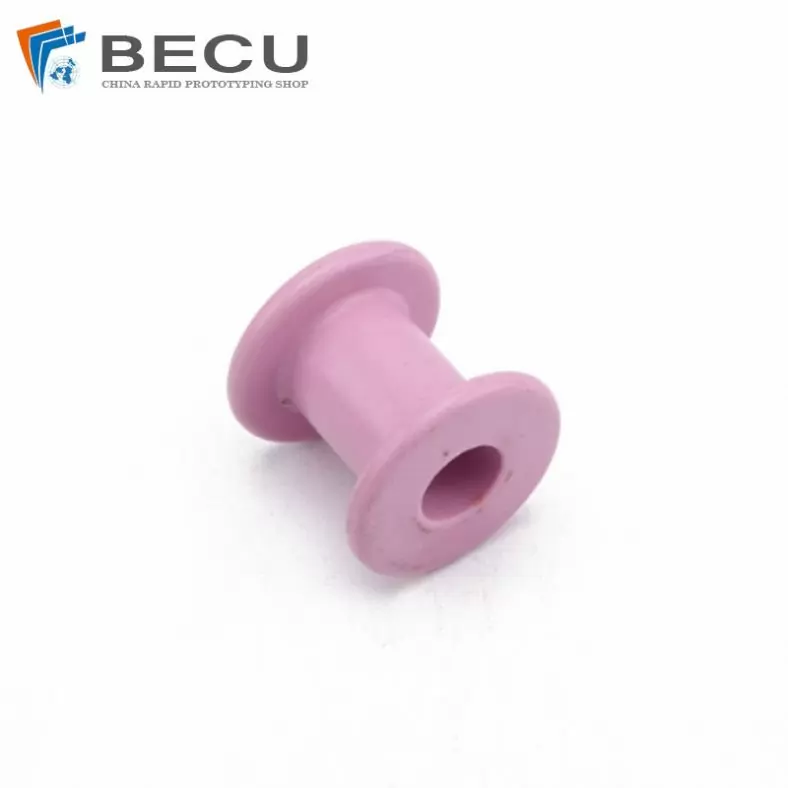
Brushed Fishing Tackle Alumina Ceramic Accessories
-

Winding Machine Alumina Ceramic Wire Wheel
-

Insulation Device Microcrystalline Ceramic Multi-Slot Ceramic Column
-
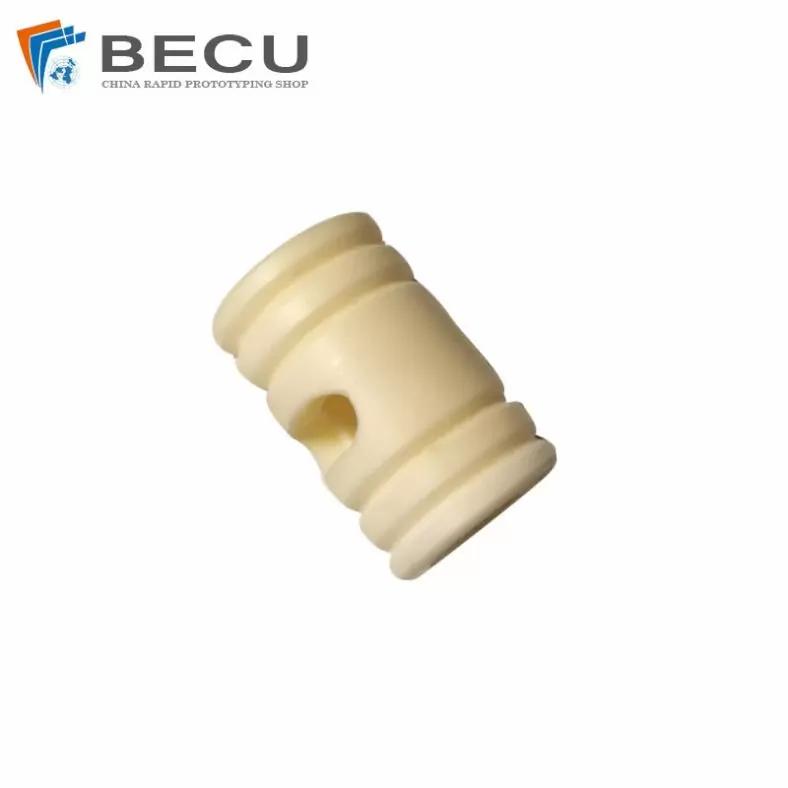
99 Alumina Ceramic Spool Insulator Sleeve
-
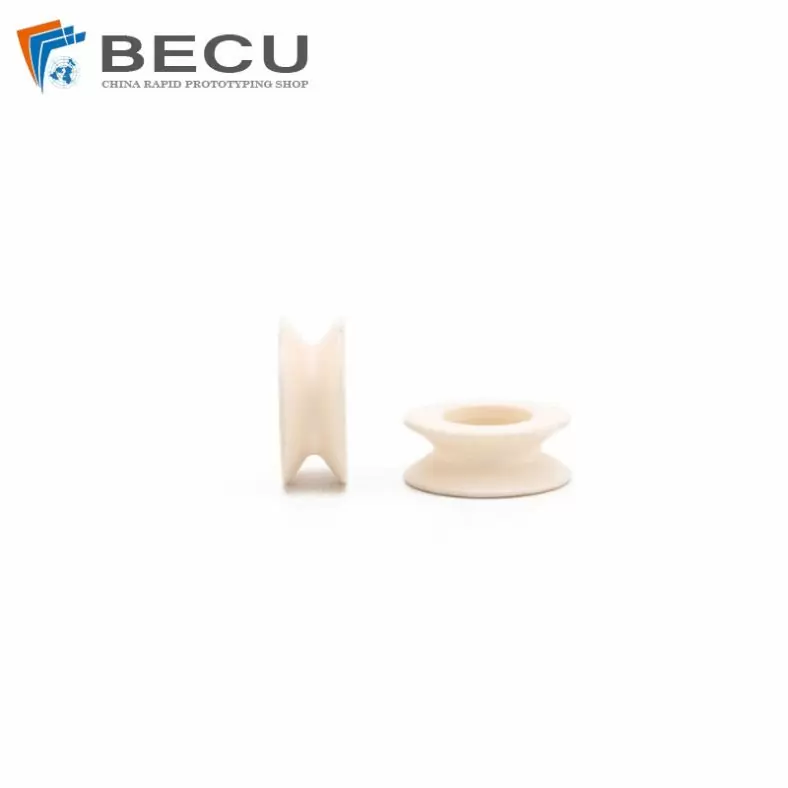
The Alumina Ceramic Ring Of Textile Machine Thread Passing Wheel
-

Isostatic Pressure Insulation Alumina Ceramic Column
